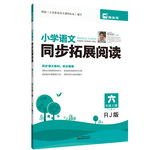题目内容
Some teenage art lovers will the school Drama Club next week.
A. come up with B. try out for C. carry on with D. look around for
练习册系列答案
 口算心算速算应用题系列答案
口算心算速算应用题系列答案 同步拓展阅读系列答案
同步拓展阅读系列答案
相关题目
题目内容
Some teenage art lovers will the school Drama Club next week.
A. come up with B. try out for C. carry on with D. look around for
 口算心算速算应用题系列答案
口算心算速算应用题系列答案 同步拓展阅读系列答案
同步拓展阅读系列答案